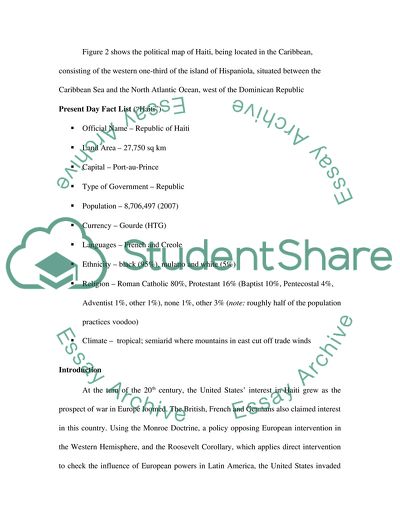Cite this document
(The Comparison of Haiti and Cuba throughout 1940-1960 Assignment, n.d.)
The Comparison of Haiti and Cuba throughout 1940-1960 Assignment. https://studentshare.org/politics/1713109-comparison-and-contrast-of-2-different-countries-haiti-and-cuba-timeframe-1940-1960
The Comparison of Haiti and Cuba throughout 1940-1960 Assignment. https://studentshare.org/politics/1713109-comparison-and-contrast-of-2-different-countries-haiti-and-cuba-timeframe-1940-1960
(The Comparison of Haiti and Cuba Throughout 1940-1960 Assignment)
The Comparison of Haiti and Cuba Throughout 1940-1960 Assignment. https://studentshare.org/politics/1713109-comparison-and-contrast-of-2-different-countries-haiti-and-cuba-timeframe-1940-1960.
The Comparison of Haiti and Cuba Throughout 1940-1960 Assignment. https://studentshare.org/politics/1713109-comparison-and-contrast-of-2-different-countries-haiti-and-cuba-timeframe-1940-1960.
“The Comparison of Haiti and Cuba Throughout 1940-1960 Assignment”. https://studentshare.org/politics/1713109-comparison-and-contrast-of-2-different-countries-haiti-and-cuba-timeframe-1940-1960.


